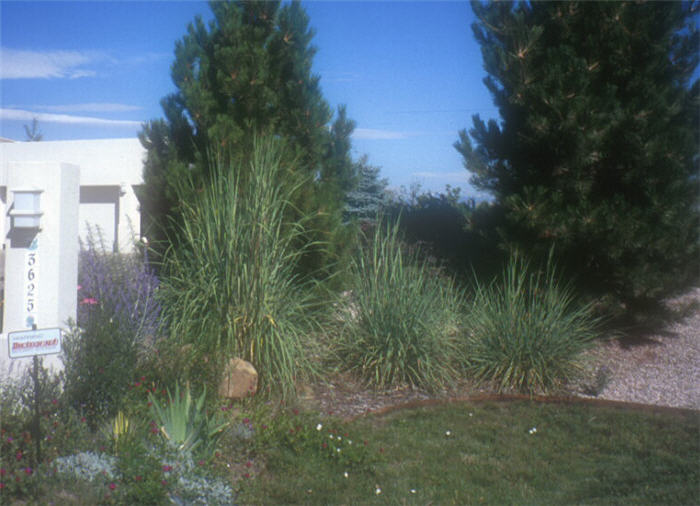| Botanical Name: Sorghastrum nutans | |
| Common Name: Indiangrass |

-
Anatomy
-
Culture
-
Design
Plant Type
Perennial, Grass
Height Range
3-6'
Flower Color
Yellow
Flower Season
Summer
Leaf Color
Green, Blue Green
Bark Color
n/a
Fruit Color
n/a
Fruit Season
n/a
Sun
Full
Water
Very Low, Low
Growth Rate
Moderate
Soil Type
Sandy, Clay, Loam, Rocky, Unparticular
Soil Condition
Average, Poor, Well-drained, Dry
Soil pH
Acid, Neutral, Basic
Adverse Factors
n/a
Design Styles
Meadow, Native Garden, Woodland
Accenting Features
Showy Flowers, Silhouette
Seasonal Interest
Summer, Fall
Location Uses
Background, Foundation
Special Uses
Cut Flowers, Erosion Control, Mass Planting, Naturalizing
Attracts Wildlife
Birds, Wildlife
Information by: Stephanie Duer
Photographer:
Photographer:
-
Description
-
Notes
Indiangrass is a perennial grass with erect, tufted stems from 2-1/2 to 5 feet tall, and about half as wide. It starts growth in late spring or early summer and flowers in mid- to late summer. The seedhead is a single, narrow, plume-like panicle that is golden brown and 4 to 12 inches long; it has sort of an exploded-oat look about it. A Utah native, Indiangrass is found in hanging gardens and along washes at 3,700-7,200’ in Southern Utah where annual precipitation is 10 inches or less, but flooding with runoff water is common.
It grows best in full sun and deep, well-drained soils but is tolerant of poorly to excessively drained soils, acid to alkaline conditions, and soil textures ranging from sandy to clayey. Syn. with S. avenaceum.